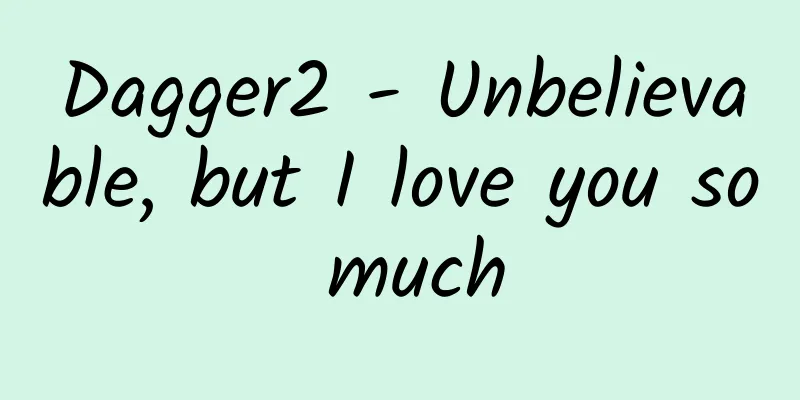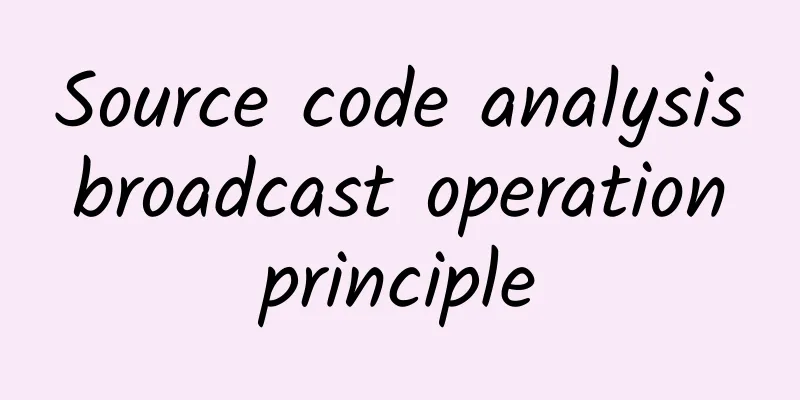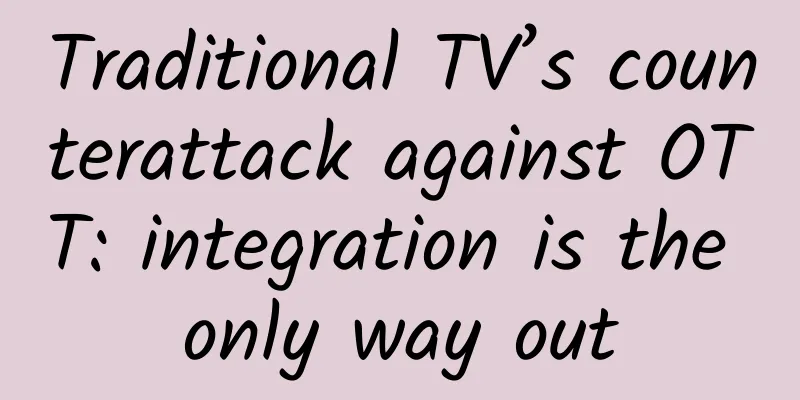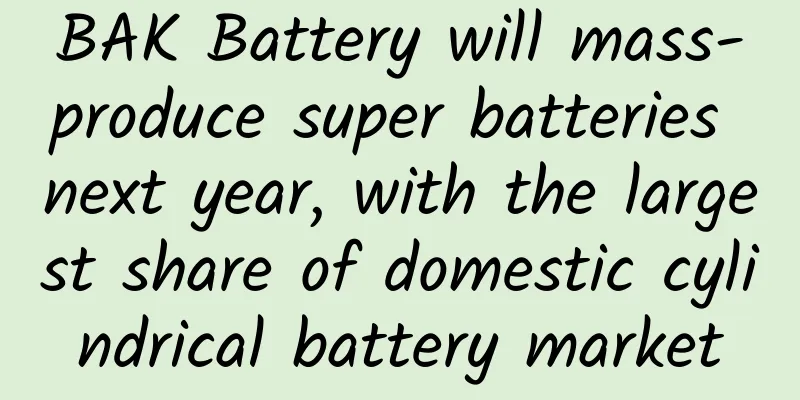Dagger2 - Unbelievable, but I love you so much

|
Creation Today we are going to talk about a slightly less popular library called Dagger. I will make an irresponsible guess: those who work on the client side may rarely hear some terms, such as aspect-oriented programming, inversion of control, and dependency injection. I believe that those who have used Spring will definitely know these things that are confusing at first but very fun later. Today we will introduce this dependency injector - Dagger2, which is derived from Square's Dagger and developed by Google. It is a dependency injection tool based on apt to generate static compilation time. It has higher performance than dynamic injection, but requires more conventions. Official website: https://google.github.io/dagger/ composition Dagger2 (hereinafter referred to as Dagger) is mainly composed of two parts: Component and Module. They exist in the entire dependency graph as injectors and injection sources respectively. Then, with the source and the tool, we only need to add the @Inject annotation where we need to inject. It is part of JSR-330. Here we directly introduce a simplest Demo. Module
This is the origin of the world.
Component
Component is an interface, and the specific implementation is generated for you by Dagger through the apt tool (isn't it great to have apt?). We specify the potion - AppModule for the "needle" of AppComponent, telling it to get the variable instance we want from AppModule when injecting. As long as we declare a method with no return value and a parameter of the injected type for Component, Dagger will generate a MemberInjector object for this class to inject objects into the injected class. Injected object
The DaggerAppComponent here is generated by Dagger. Its implementation class will add a Dagger prefix before all Component interface classes. We only need to pass in the dependencies it needs. Component obviously depends on Module, so we need to pass in AppModule here. Now, we can get this AppComponent instance wherever Context is used. As long as we have this instance, we can inject the managed class anywhere. Scope When we talk about dependency injection, scope is a word that often comes to our mind. Controlling the life cycle of a variable is actually controlling the scope in which it exists. Typical scopes on the server side include Singleton, Request, Session, etc. Their variables exist in different life cycles. The default is Singleton, which is the @Singleton annotation. Objects generated by the provider annotated with it will be cached and wrapped with SingleCheck or DoubleCheck. The scope specified by our provider needs to be consistent with the scope of the component. For example, Component is defined like this:
And the Module looks like this
Qualifiers Dagger also supports the use of qualifiers to specify injected objects, such as the built-in @Named qualifier. When we need a variable with a specific qualified name, we can specify the @Named qualifier on @Inject to get the specified object.
This will inject an instance named "cache" into the mService. A simple scenario application What do we talk about when we talk about dependency injection? Actually, we are discussing scope. What does this mean? I believe it is very simple for every programmer to implement a singleton, just makeInstance and getInstance. But have you ever thought about maintaining "double instances"? I have encountered a scenario as follows:
Then we have two solutions, dual tables or dual databases. Dual tables are not friendly to ORM, because ORM determines the table based on the class. In order to make the code concise and elegant, we cannot create two identical classes, otherwise naming becomes a difficult task. Here, one advantage is that the ORM library I use first maintains a singleton, which performs CRUD operations, and a singleton is related to a database. So I used the characteristics of Qualifer to generate two instances (that is, corresponding to two databases), and injected them into different business models respectively. They can use the same class, and it has no effect on the modification of the tag. If we do this ourselves, we may have to write a lot of dirty code, but Dagger solves my needs with only 2 annotations. Summarize Well, this article briefly explains how to get started with Dagger. In summary, as long as we agree on Component and Module and use them with Inject, we can implement a static dependency injection process. Next time we will introduce the code structure generated by Dagger in detail. |
>>: How long will it take for VR to enter its spring?
Recommend
A complete guide to brand growth on TikTok in 2022
Since the second half of last year, many mainstre...
How to find a better WeChat mini program development company?
Q: How to find a better WeChat applet development...
How much does it cost to rent a server for small and medium-sized enterprises?
How much does it cost to rent a server for small ...
Top 10 marketing promotion trends in 2020
With only one week left in 2019, it’s time to loo...
What's worth buying product analysis report
On July 15, 2019, " What's Worth Buying ...
Whispering Community Pinduoduo VIP Member Series - Super Detailed Pinduoduo Practical Operation Strategy
The course content includes 8 short courses for be...
Can eating dark chocolate help you lose weight? Why not do these 4 things!
Author: Xue Qingxin, registered dietitian Reviewe...
Complete set of skipping rope teaching videos - Children's beginner skipping rope teaching videos (from basics to advanced) Baidu cloud download
Complete set of skipping rope teaching videos - C...
5 Steps to Develop Your Brand on Xiaohongshu
Among the projects I have served over the years, ...
Li Xingxing: Practical Editing Training Camp
Li Xingxing: Editing Practice Training Camp Resou...
A dilemma: What is the money-making potential of Google's Android system?
According to data from market research firm Strat...
January 2023 "Science" Rumors List: Is holding your breath for 40 seconds the standard for recovery from COVID-19? Can fireworks disinfect?
The list of "scientific" rumors for Jan...
Zhihu's content distribution strategy and operating mechanism!
As an excellent content question-and-answer commu...
Lincang SEO Training: How do website SEO optimization tools help with optimization?
The work of website SEO optimization is not compl...
39.8°C, high fever persists! Infection cases found in many places, be vigilant →
Summer is the peak season for herpetic pharyngiti...









